Opportunities for newcomers
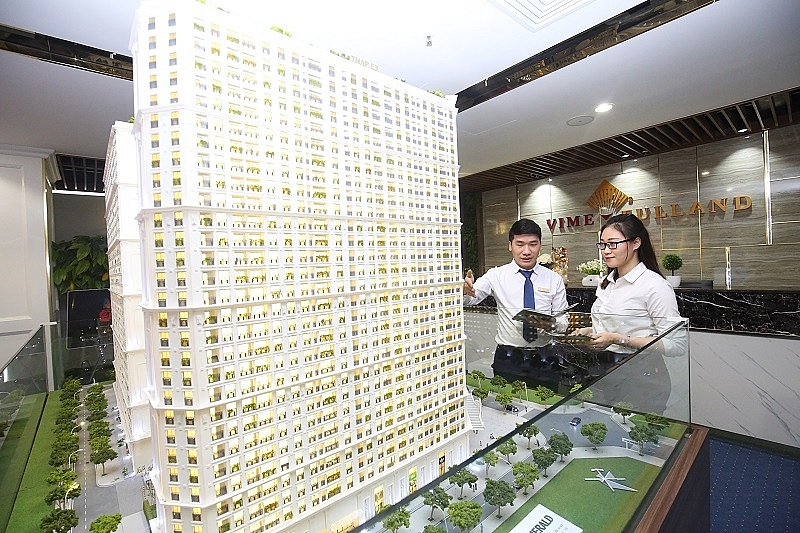 |
| The real estate sector has welcomed scores of new faces in recent years |
Debuting small businesses
In the last few days of 2017, Midland Real Estate Services & Investment JSC signed a partnership agreement with Truong Giang Sapa Group, according to which Midland will be the distributor of Mercure Sapa Jade Hill in the northern province of Lao Cai. The founder of Midland is Nguyen Van Cong, a businessman still in his twenties with leadership experience at major real estate agents.
Cong said that he received full support from previous employers when he expressed his wish to set up his own firm. Seasoned businessmen, some of whom are in their 40s and 50s, suggested Cong to be an entrepreneur before reaching his 30th birthday to take advantage of his youthful energy. Cong himself also felt assured that he had garnered sufficient capital for his business, which was the money he saved up from his years of working at the real estate agents.
Nguyen Hong Minh, director of the Ministry of Planning and Investment’s (MPI) Business Registration Management Agency, said that Midland is a good example of new businesses springing up in 2017. The market is not only reserved for big players anymore, and many opportunities are there to grab for small businesses.
According to Minh, real estate has attracted a great deal of investment capital in 2017, more than any other sector in Vietnam. In terms of the number of new businesses, real estate has recorded the most impressive growth rate with 62 per cent.
“In 2017, real estate was the sector with the highest number of newly registered businesses. The total charter capital of new firms reached VND388 trillion ($17 billion), which is also the highest among all business sectors,” she said.
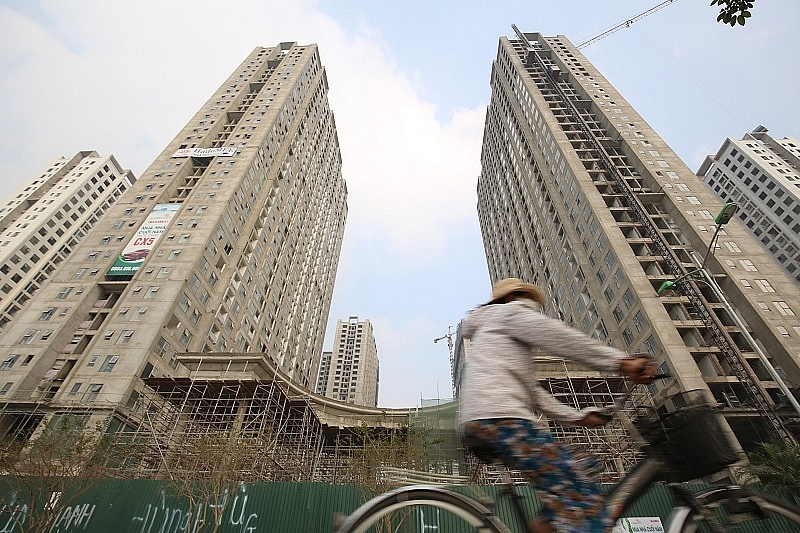 |
| Affordable housing is still in high demand |
New foreign players on stage
According to statistics released by MPI’s Foreign Investment Agency, real estate continued to be among Vietnam’s top three foreign direct investment (FDI) magnets in 2017. The amount of registered inbound capital in real estate was $3.05 billion, including direct investments and share purchases.
2017’s major deals include SonKim Land raising $100 million for its real estate projects. This is the second time SonKim Land has collected capital through EXS Capital Ltd., an independent investment corporation in Asia, ACA Investments Pte. Ltd., a major fund from Japan, and Lemongrass Master Fund.
At the same time, Nam Long Group has collaborated with two Japanese partners Hankyu Realty and Nishi Nippon Railroad to raise half of the $350-million capital required for the 40-hectare Mizuki Park project in Binh Chanh District, Ho Chi Minh City. Nam Long previously raised capital to invest in two projects called Kikyo Residence and Fuji Residence in Ho Chi Minh City’s District 9.
Partnerships and share offers were the two most popular methods to raise more than $10 million of capital for property developers. Besides the two projects mentioned above, other notable deals include Vinaland divesting from the $50-million Times Square project in South Tu Liem District, Hanoi. The buyer in this deal was Elite Capital Resources Limited.
In 2017, Ho Chi Minh City Infrastructure Investment JSC (CII) also partnered up with Hongkong Land to develop a 9.6-ha project in Ho Chi Minh City’s Thu Thiem New Urban Area.
Sustainable profit
| According to CBRE Vietnam, there were 35,000 apartments available for sale in Hanoi in 2017, a three-fold increase in four years. In 2018 and 2019, the market will welcome another 70,000 apartments. For low-rise buildings, the market welcomed 1,055 new houses in the third quarter of 2017, 84 per cent of which were terraced houses. Four projects that made their debut were Louis City (South Tu Liem District), The Eden Rose (Thanh Tri District), the third phase of The Mansions ParkCity (Hadong District), and the third phase of Iris Homes-Gamuda Gardens (Hoang Mai District). Together with other projects, such as Vinhomes Gardenia My Dinh or Vinhomes The Harmony, it is obvious that Hanoi now has a wide range of low-rise buildings available for potential homebuyers. |
Savills Vietnam recently quoted Richard Florida, editor-in-chief of CityLab magazine (Finland), as saying that the real estate market is full of opportunities, yet too much attention is on grand schemes to build luxurious urban areas. The real diamonds, according to Florida, are mid-end projects that the majority of the population can afford.
This comment is in line with recent developments in Vietnam, where affordable real estate projects took up the bulk of transactions. According to the Vietnam Real Estate Association (VNREA), in the third quarter of 2017 Hanoi recorded 4,955 transactions for apartments, down 8.5 per cent on-quarter. Among these, premium apartments only took up 5.4 per cent, mid-end projects accounted for 36.4 per cent, and low-end segment at 58.2 per cent.
Meanwhile, in Ho Chi Minh City, there were 7,494 apartment transactions during the same period, down 24 per cent. In Vietnam’s largest city, premium apartments took up 39 per cent of the deals, behind mid-end projects that accounted for 51 per cent. Less than 10 per cent of the deals were in the low-end segment due to low supply.
Nguyen Van Phuc of VNREA believes that the real estate market should pay more attention to mid-end projects, meeting the increasing demand of mid- to-low income earners.
“If companies continue to invest in high-end projects, there can be a mismatch in supply and demand. The oversupply crisis of 2012-2013 may very well return,” said Phuc.
Meanwhile, economist Nguyen Tri Hieu painted a positive outlook for the real estate market in 2018. The market will continue on its path to recovery and embark on a sustainable growth cycle. However, Hieu emphasised that too many projects nowadays cater to major urban areas, while there are still many opportunities in more remote regions for low-income buyers. Moreover, some developers are pouring a lot of capital into hospitality projects although the legal framework is still not complete, while ignoring the highly promising low-income segment. This is a big mistake, according to Hieu.
“There should be more projects for low-income buyers as there is growing demand in the lower segment. This is also very important for the economy as a whole, as workers need a place to live and settle down before they can fully focus on contributing to the economy. As a result, I strongly suggest a bigger focus on mid-to-low-end segments,” said Hieu.
What the stars mean:
★ Poor ★ ★ Promising ★★★ Good ★★★★ Very good ★★★★★ Exceptional
 Tag:
Tag:
Themes: Vietnam Property Outlook 2017
Related Contents
Latest News
More News
- Apartment hikes hint at speculation return (April 09, 2024 | 10:14)
- Infrastructure focus sets stage for real estate bonanza (April 03, 2024 | 10:14)
- Nam Long Group maintains top ten position in real estate investment ranking (April 03, 2024 | 08:00)
- Hospitality and real estate sectors strive for sustainable growth (March 29, 2024 | 16:12)
- Gamuda Land starts construction of Eaton Park (March 28, 2024 | 16:40)
- New land law could entice Viet Kieu home (March 27, 2024 | 18:00)
- Binh Duong to capitalise on rising real estate interest (March 27, 2024 | 15:41)
- SPX inks agreement with Frasers Property (March 26, 2024 | 12:33)
- Developers hunt for land availability (March 20, 2024 | 10:06)
- Social housing needed to boost capital in real estate (March 19, 2024 | 10:38)




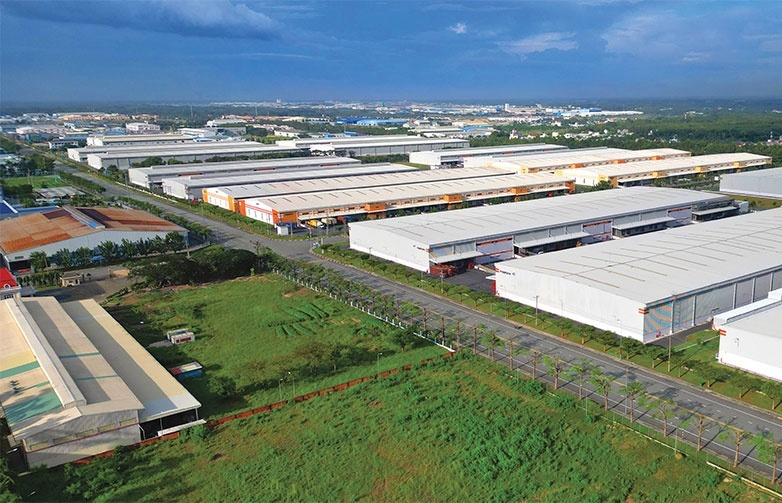
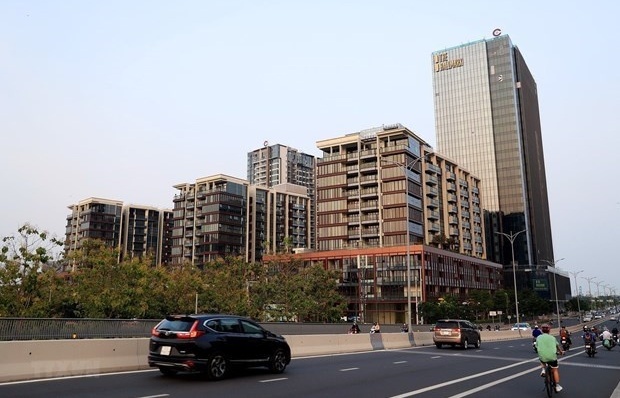

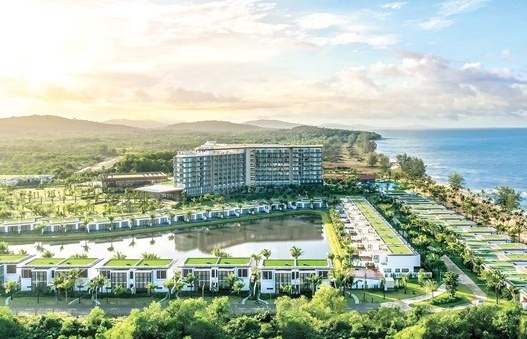
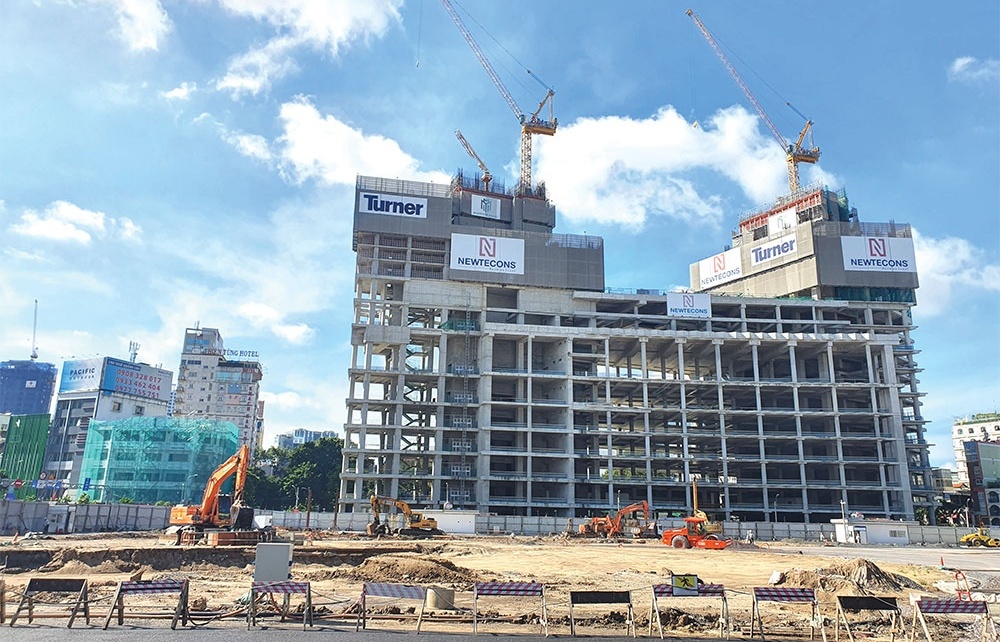
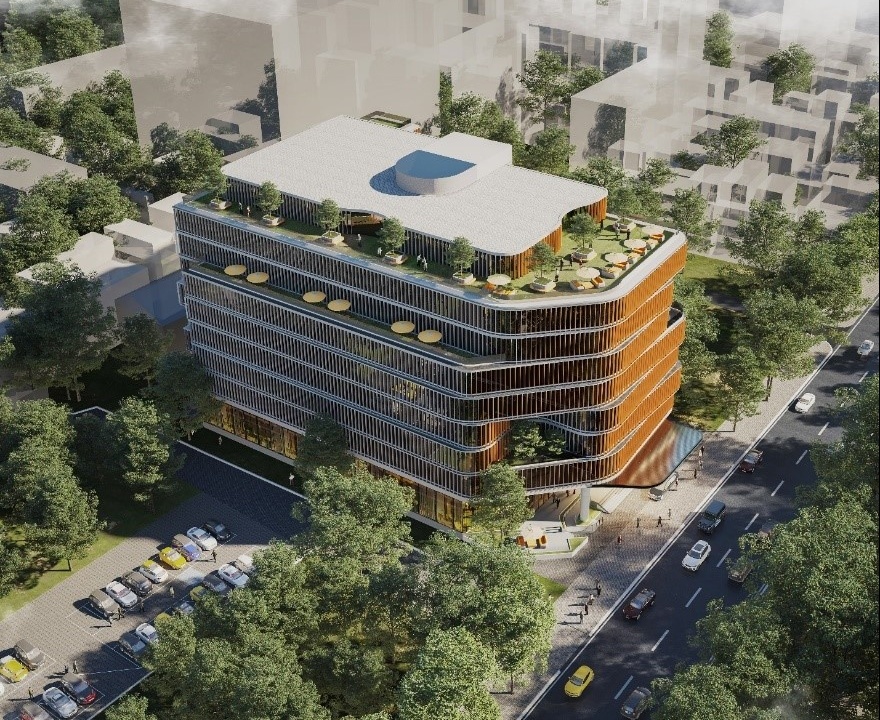

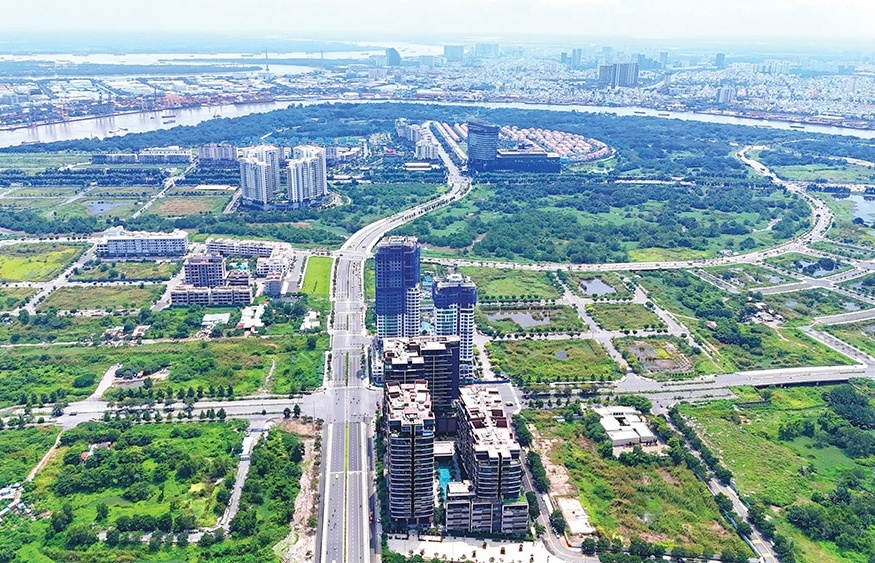
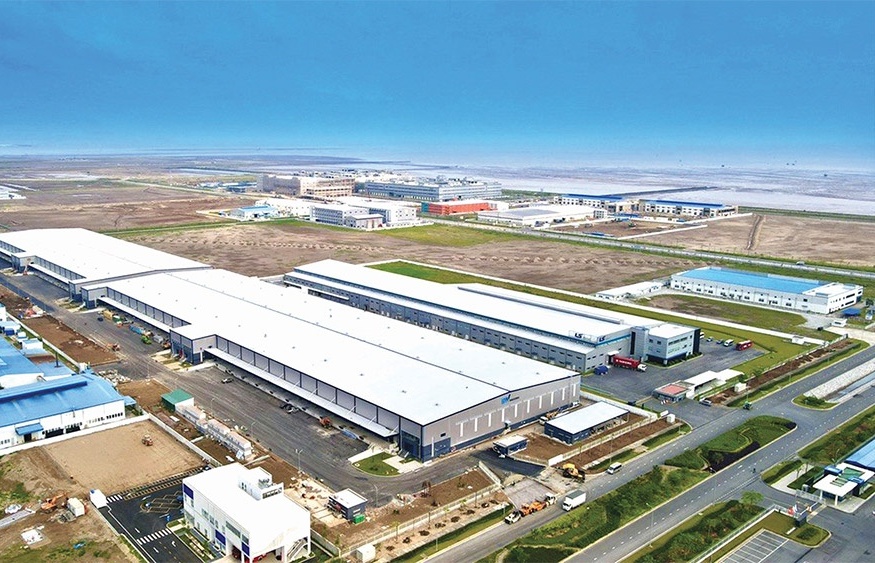
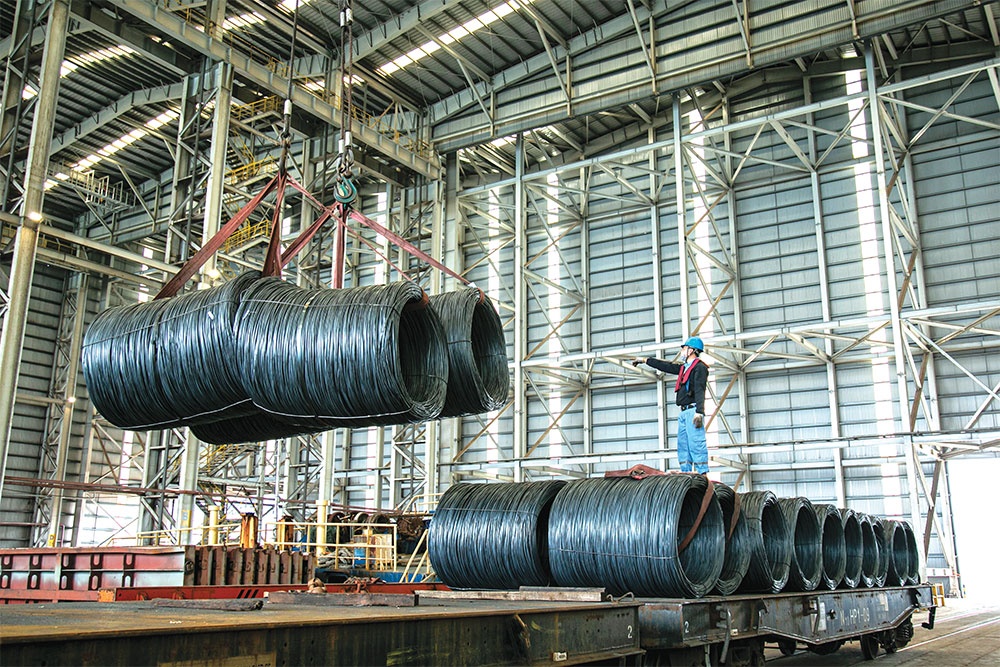
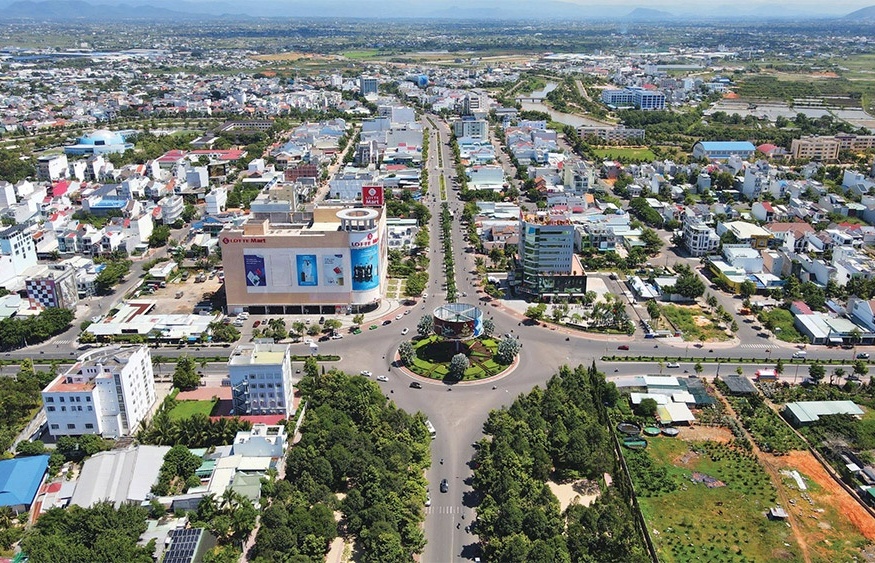








 Mobile Version
Mobile Version